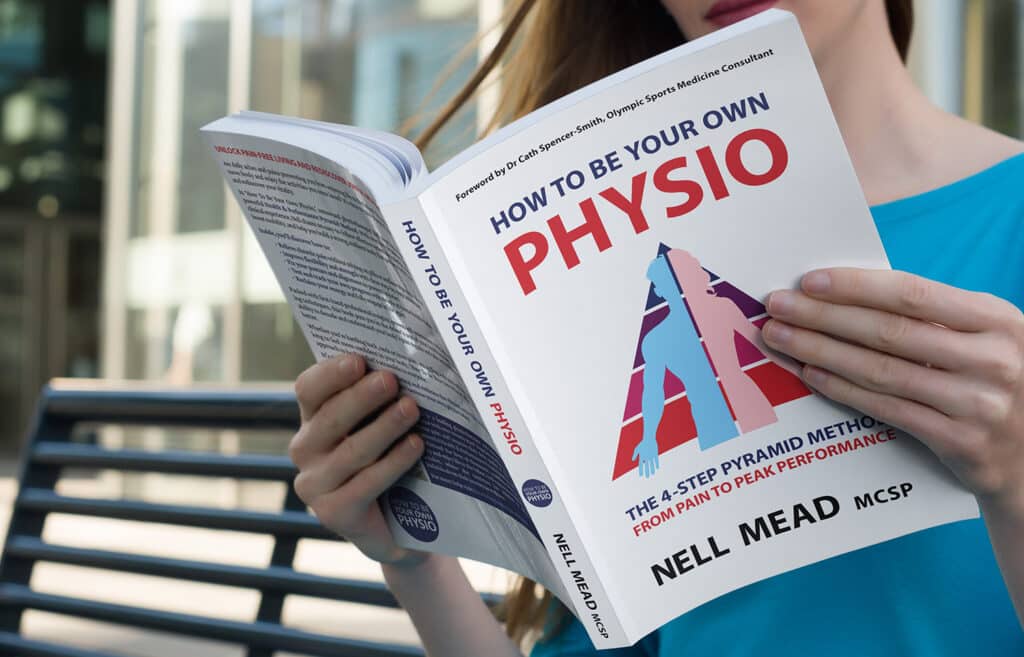The neuromuscular system — nerves, tendons and muscles — responds and adapts to the demands you place on it, as you train nerves to send stronger signals and muscles and tendons to become stronger and more efficient. The exercise physiologists’ mnemonic for the body’s response to training is SAID: Specific Adaptation to Imposed Demand.
But — and it’s a big “but” — the body doesn’t adapt overnight. It often adapts much more slowly than we think — a difficult concept for our instant-gratification-wired brains to cope with and accept. The disconnect between our intentions (“I’m starting a new training regime. I’ve never trained before, or I’ve had a long break; but I’m going to train hard every day for the next six months”) and our bodies’ physiological abilities to adapt quickly enough (“Help! What is this exercise stuff? I’m overloaded and I can’t cope!”) is a common reason for people to end up at the physio’s door; and now is a key time of year — people are preparing for the summer and getting into training as the warming weather approaches.
As a result, bodies are breaking down, and in the past few weeks at Victory, we’ve seen a upsurge in injuries due to excessively speedy changes in training technique, volume and intensity, including:
- Achilles tendon injuries in people who’ve started running more, changing either their weekly mileage or their running style (e.g. going “barefoot”) too quickly; or whose shock absorbers (shoes, subtalar joint mobility, sacroliac joint mobility, and muscle endurance) are out of kilter.
- Shoulder, elbow and hip problems in tennis players who’ve had a mad, Wimbledon-inspired rush to the courts, where they’ve been making powerful but imperfectly-controlled movements, using last year’s grips and strings.
- Hamstring injuries in football and rugby players jolting their bodies back into pre-season action, training hard at sprinting and kicking despite not having fully rehabilitated from last season’s injuries.
- A host of tight and sore low backs in desk workers who’ve dusted off their bikes in order to get some cardiovascular training in while the weather’s been fantastic — with many of them hurling themselves enthusiastically into long charity bike rides with inadequate prior training.
So, how can you ensure that you get fit while minimising the risk of joining the queue for the physio’s bench? Well, these are a few easy tips…
Check your equipment. Make sure your racket/bat, shoes/boots, bike etc is up to the task. Old, worn or badly-fitting kit is a recipe for injury. Tennis rackets need regular re-stringing and re-gripping; and if you’re playing a full season, you’ll probably need at least one new pair of boots or trainers each year. For cyclists, make sure your bike is fitted to you, rather than you trying to fit yourself to a standard, off-the-shelf setting.
Check your body. Can you touch your toes, raise your arms fully over your head, and see your left heel when you look over your right shoulder? Have any niggles from last season been fully dealt with, or do you still get any aches and pains? The biggest predictor of future injury, is previous injury. So if you can’t do these tasks with ease and without pain, or if you’re not sure, you may want to consider booking one of our screening sessions to check for areas of tightness or imbalance that could become injuries if left untreated.
Check your technique. Multiply a poor kicking style by a thousand over a season, and you’ll see why poor technique can be such an issue. Get a good coach or trainer to watch you and point out any deficiencies in style that might lead to injury if you don’t correct them.
Build up slowly. While there’s no definitive research on this (and in any case, it varies from individual to individual due to a variety of factors including how much you’ve trained in the past and what injuries you’ve had), most exercise physiology researchers recommend increasing training volume by no more than around 10% per week.
Build recovery into your programme — this is actually when your body adapts to the demands you’ve placed on it in training, so yes, you really can get stronger while you sleep. Recovery includes rest days, good sleep routines, stretching and massage; and good quality recovery means faster response to training.
Sort your nutrition. The more you train, the more you deplete the nutrients (not just calories!) in your body. People who train hard have to eat well in order to maintain healthy nutrient levels. It’s quite possible — in fact relatively common — to be fit but still unhealthy. Eating well doesn’t necessarily mean supplementation; but if you’re concerned, we can help to get you tested. Maintaining hydration is also important — try weighing yourself before and after training, and make sure you drink enough to replenish any water weight you’ve lost during your training session.
In other words, people who train without getting injured, stay this way due either to good luck or to good planning. And if your body is too important for you to rely solely on luck — then why not let Nell help with the planning, and support you through an injury-free season? Call us on 0207 175 0150 and arrange your assessment now.







